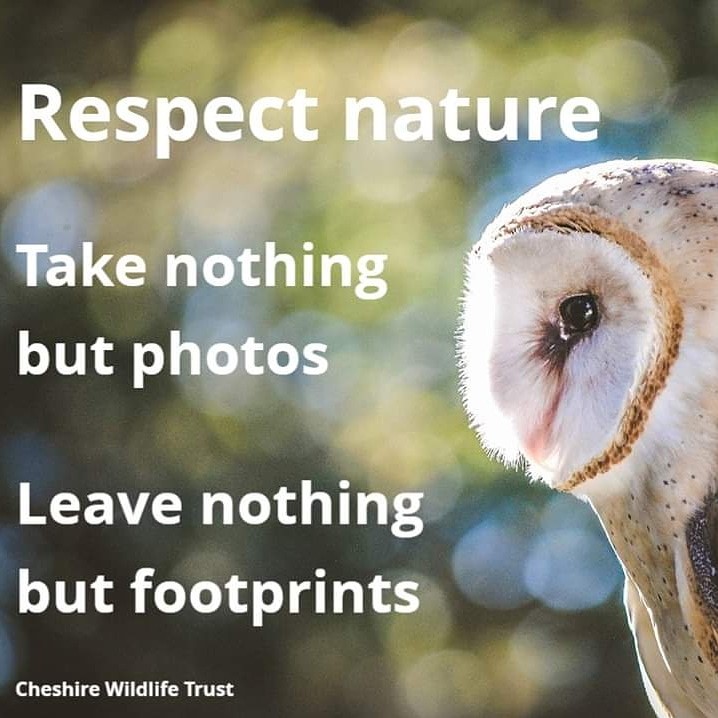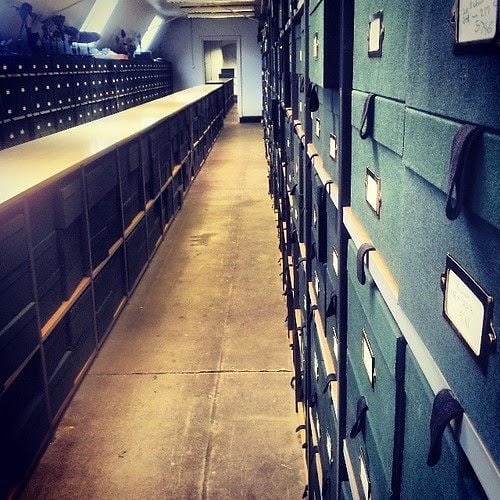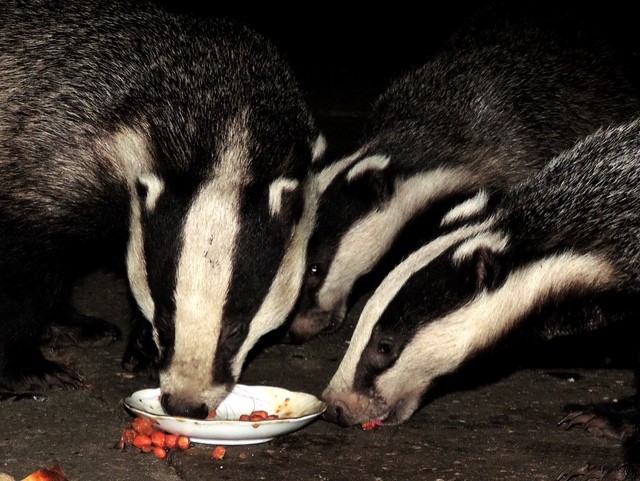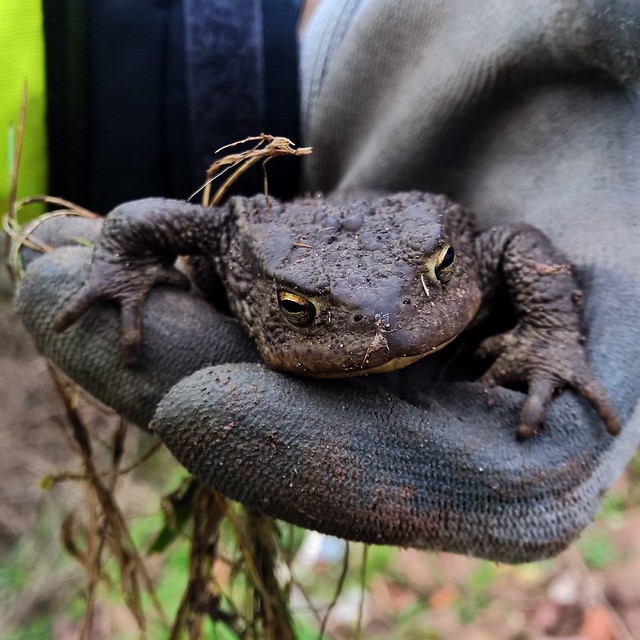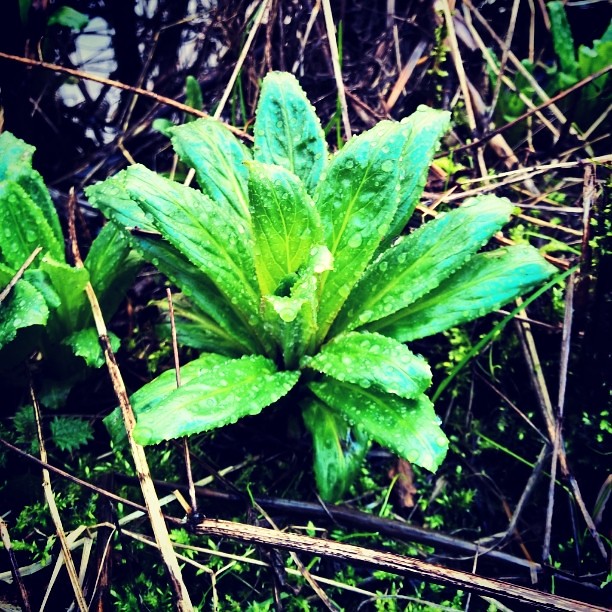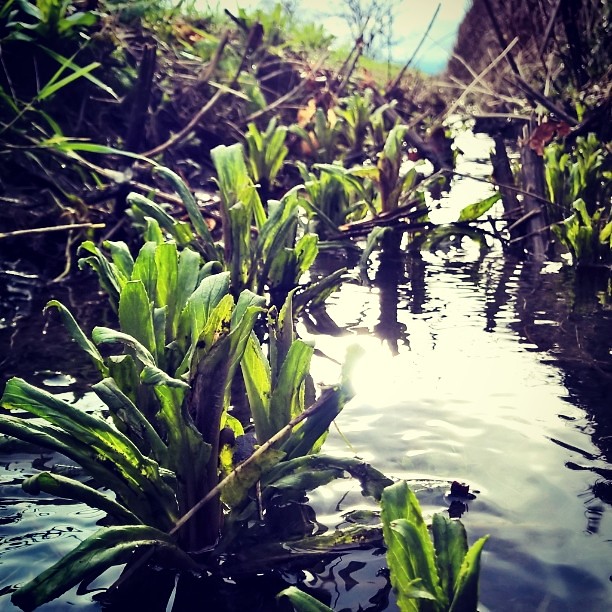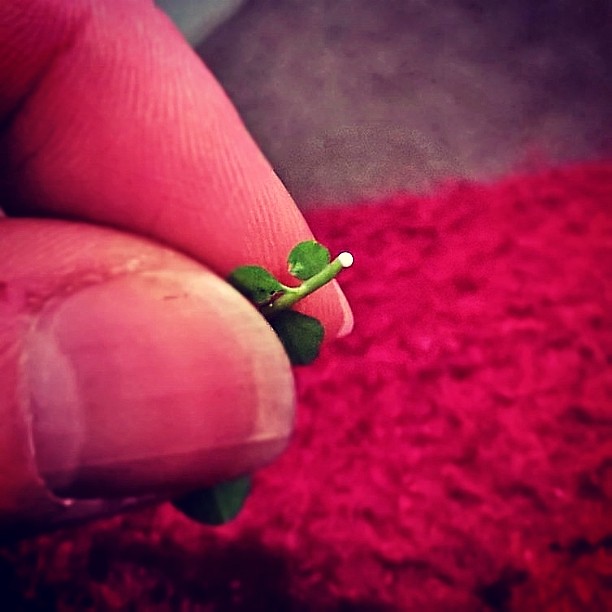I set myself the challenge of filling 100 bin bags of rubbish in a year doing local litter picks, and I did it! Yay! With time to spare too so I’ll keep going and keep updating the Facebook page until the year is up. At the time of writing this I’m still a way off my fundraising target for the Marine Conservation Society.
I’d like to tell you what it’s been like and what I’ve learned. Also I have a challenge for you (stay with me, don’t worry I’m not going to challenge you to fill 100 bin bags, please keep reading!)…
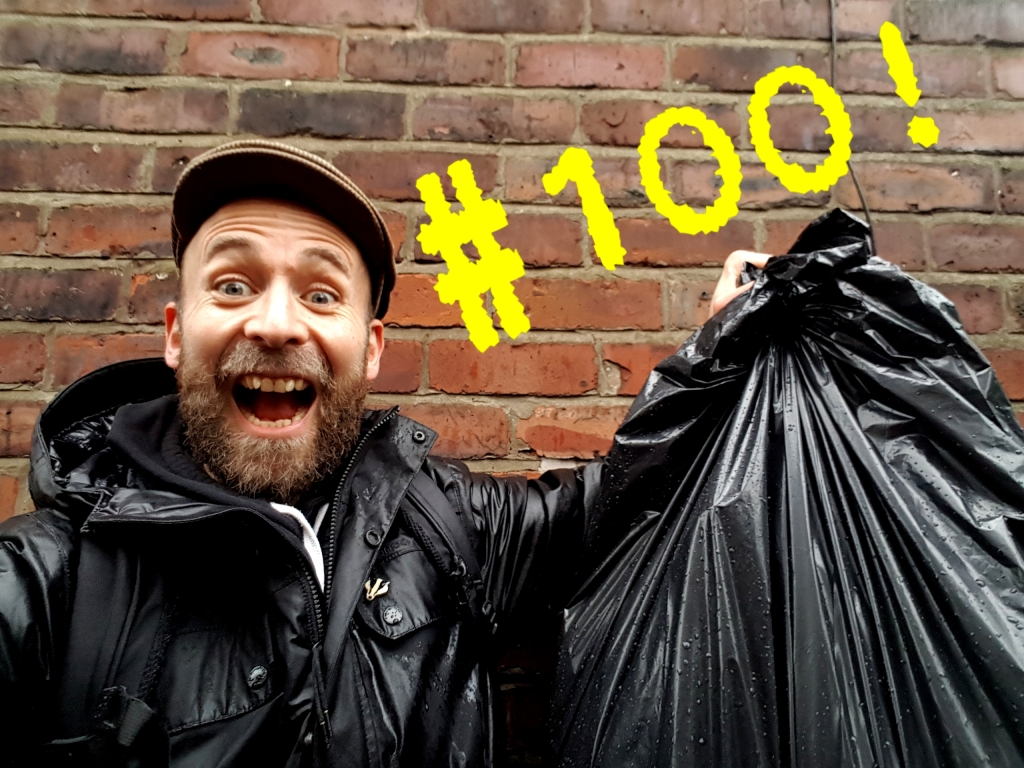
There were a few reasons for setting myself the challenge:
- I wanted to do something about pollution, the global biodiversity crisis, and climate change. There are lots of things you can get involved with and I’ll be writing separately about them soon, but I wanted something I could do immediately. I thought litter picking would be a good instant hit and would also give me an excuse to talk about the problem of plastic pollution in our oceans with people.
- I was tired of that sinking feeling you get when you see a piece of rubbish on the floor, especially the increasing number of covid masks I was seeing littering the streets around my home and my son’s primary school. Did you know that within a year of the first lock down, masks from Britain were being found 1000s of miles away on coral reefs in the tropics?
- I thought if I made it a yearlong challenge and announced my intentions on social media, I’d be less likely to give up after a couple of months.
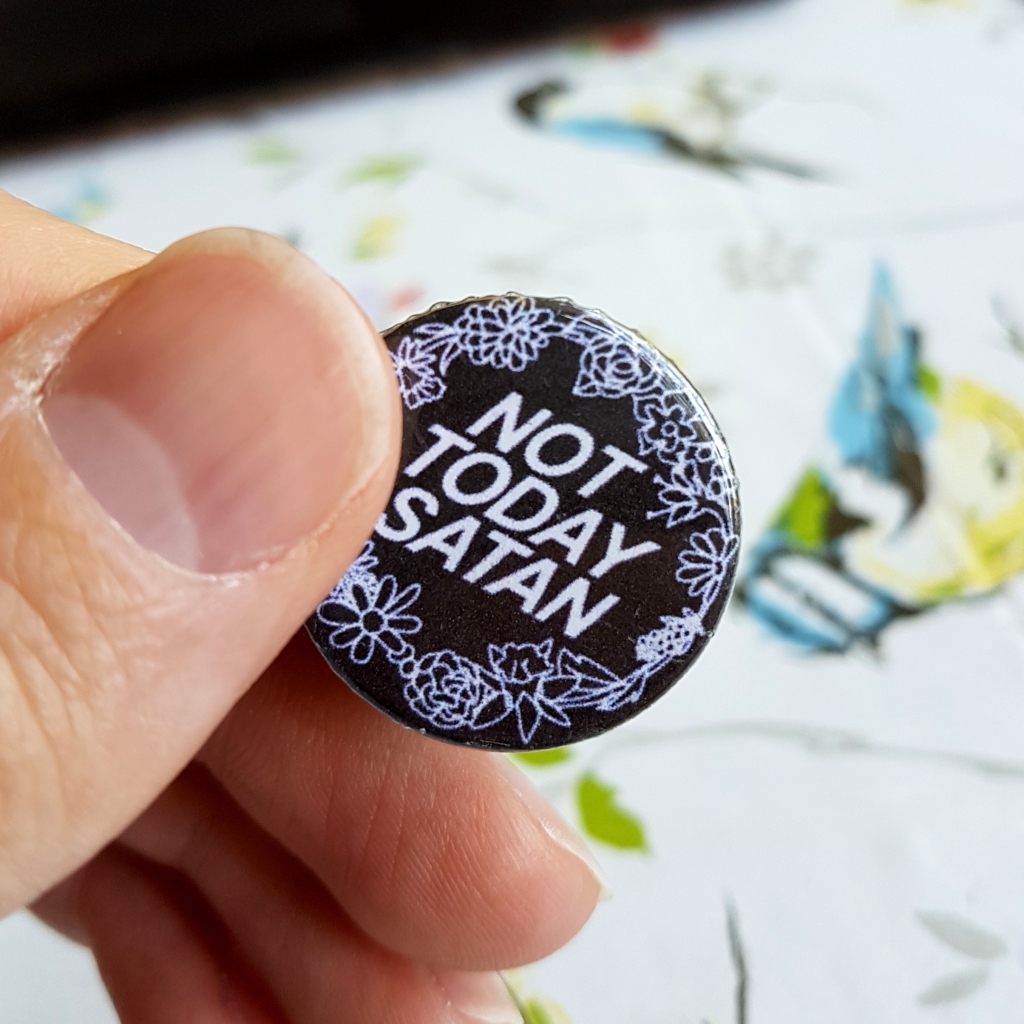
Here’s what I learned:
- 100 bin bags is a lot of litter. I’ll be producing a large, zoomable image of everything I collected in 100 bags. Every bag I collected I photographed before removing all the recyclables to go in my recycle bin before dropping off the rest at an agreed place for my local council to collect. If you’re so inclined I’d recommend spending some time zooming around the image once complete. You’ll soon see the repeat offenders (Costa, MacDonalds, Lucozade, Yazoo, Fosters, Walkers, ‘cream chargers’, cigarettes companies, Starbursts, Fanta, Greggs etc). In the mean time here’s a taster of some of the bags I collected:
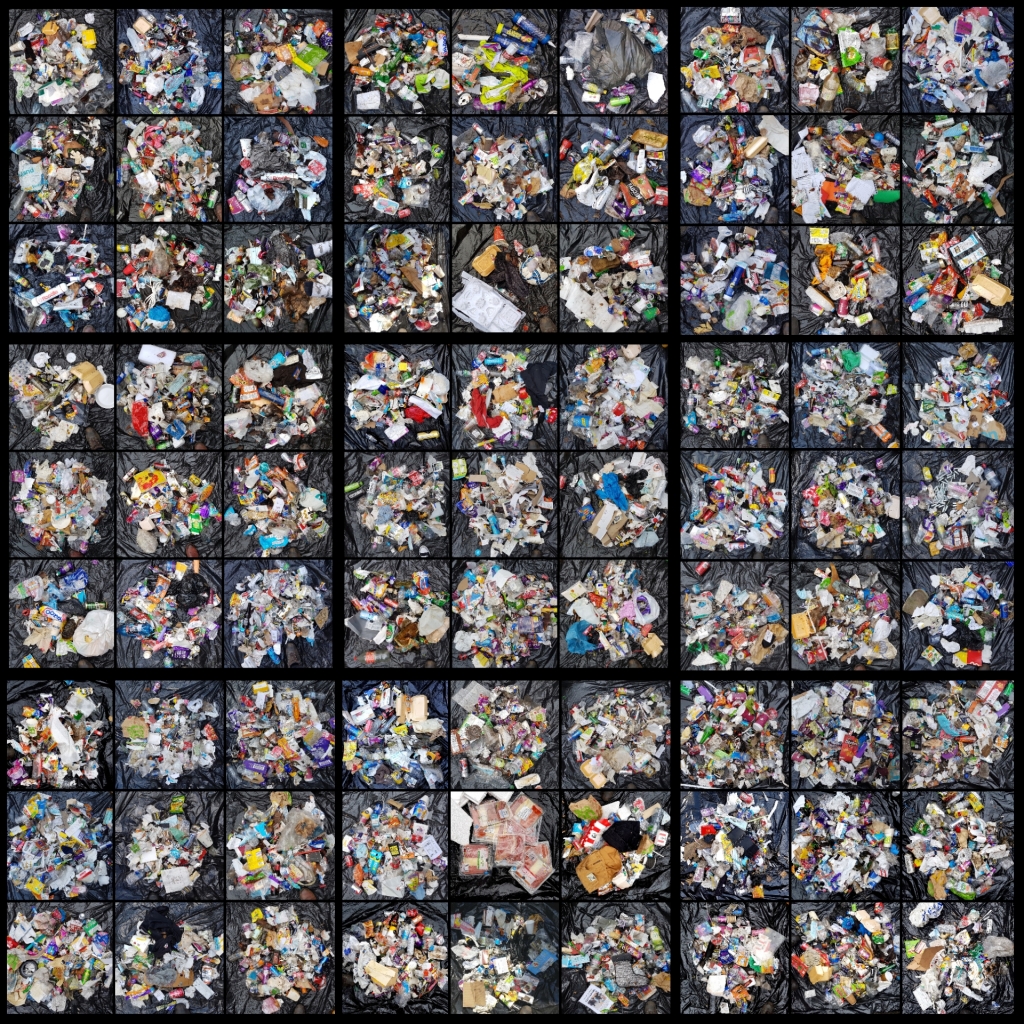
- You can make a visible impact to your local area on your own. My son’s primary school road is really bad for litter. Once a week he and I do a litter pick on our walk home from school. We pick up every can, crisp packet, mask, cigarette packet on the road from the school gates to the entrance to the canal tow path and then along the tow path all the way home. The next day there is always some litter there again, and within a week there’s a bin bags worth waiting to be collected on the short section of road to the school alone. But we noticed that, after the school holidays (when we don’t do our picks on that road) it’s so much worse. A noticeable difference. So if there were more people doing it we could probably keep the road clean.
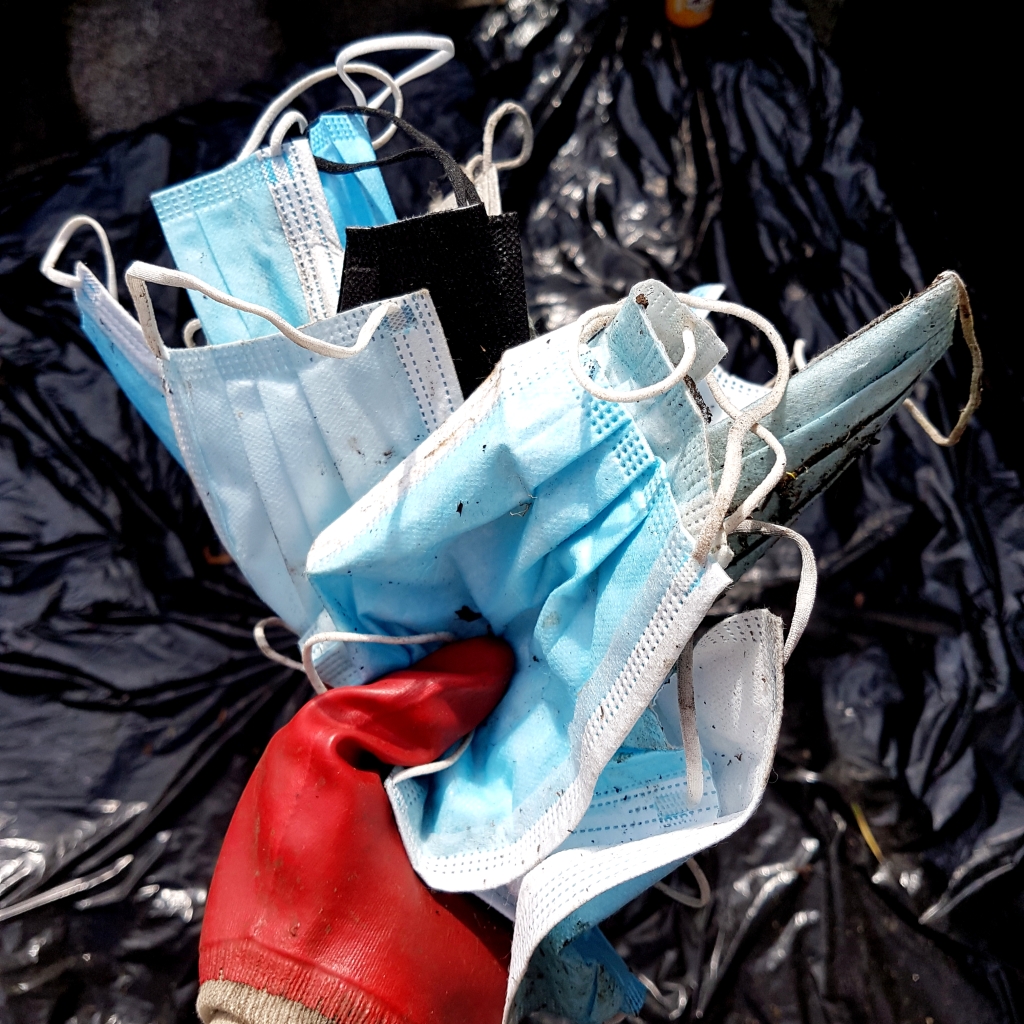
- People appreciate it and it feels good. I don’t do it for the thank-yous but there’s no denying it’s a nice feeling when people give your smile and say thanks, or beep their horn and give you the thumbs-up. Once someone gave me and my son an orange each from the bag they’d just bought from the market. Another time, as we popped into the bakery on our way home, we found out the guy in front of us in the queue had put £5 down to pay for our cakes as a thanks for our hard work.
- You inspire other people to do the same thing. My mum does litter picks in her town now because of my project. A lady we met on the canal path one afternoon while doing our pick on the way home from school congratulated us on doing something worthwhile. We bumped into her again months later and she had a litter picker and a bin bag too.
- You feel emboldened to get things done. After a few months of litter picking regularly on the same stretch of the canal I found one of those big leather beanbags fly tipped on the path. It had been broken open and polystyrene bean bag balls were all over the tow path and the surface of the canal. Birds were eating them it was a sad sight, but by this point I knew what to do straight away. The tow path is land belonging to the Canal & Rivers Trust and you can call them and tell them about stuff like this and they send someone out to clear it up. I have also got to know people at the council who I can let know about things too big to fit in a bin bag, and who provide me with bags and litter pickers.
- Litter picking is actually quite mindful and relaxing. There’s something very satisfying about spotting a bright yellow empty sweet bag on the pavement ahead, pinching it with your mechanical litter picker and depositing it into your bin bag in one sweeping motion without breaking stride as you stroll along in the drizzle listening to a podcast and not thinking about much at all.
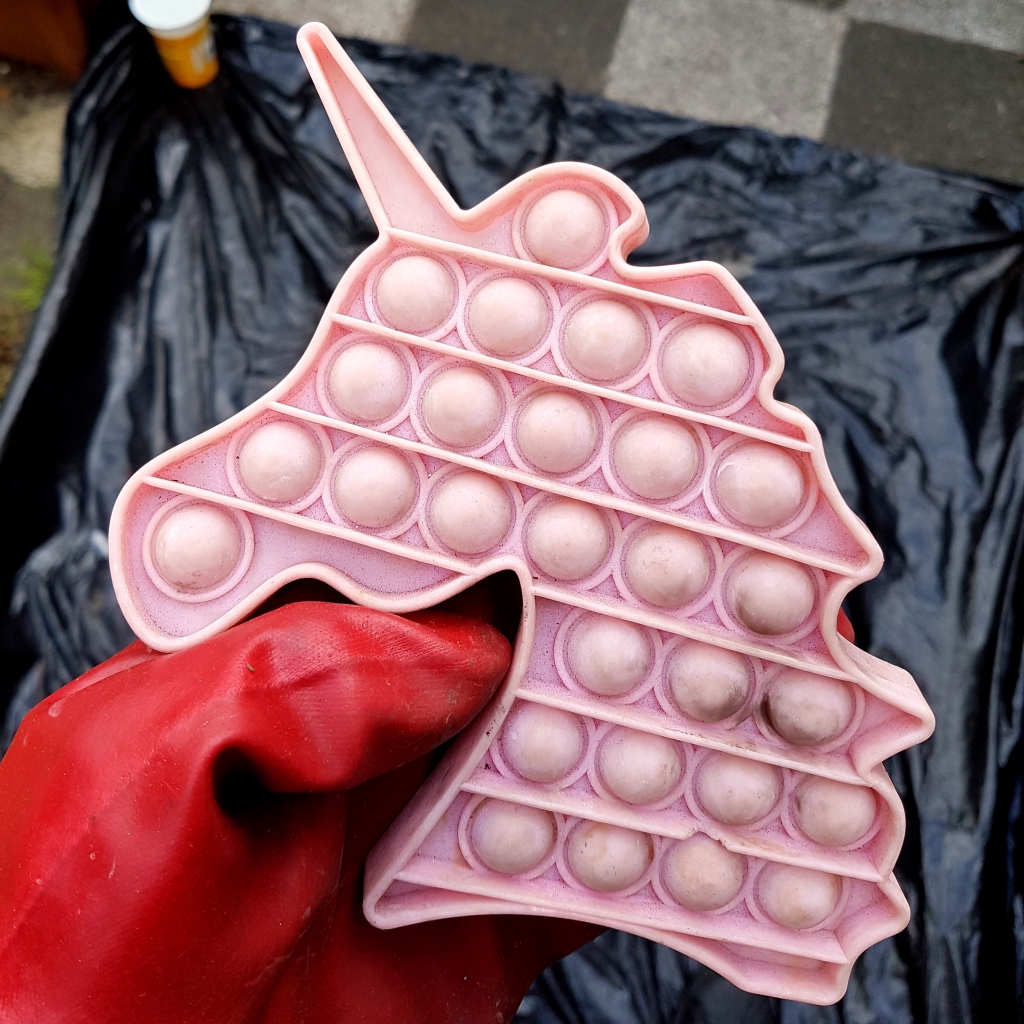
- The people dropping the litter are only part of the problem, and as time has gone on I’m not even sure they’re the biggest part. Some people have always been litter-bugs, and others have always being the kind of people who take their litter home. The problem has got worse not because there are more litterers but because there’s more litter…
I’ve seen a few instances of littering in action on the canal tow path and it wasn’t what I thought it would be. When I’d see an empty cider can lying on the path I’d imagine someone arcing it over their shoulder while flicking anarchic V’s to the sky, but it wasn’t like that. It was just a guy finishing his drink and placing the empty can on the floor rather than carrying it to the nearest bin. Thoughtless yes, but not the villain I imagined.
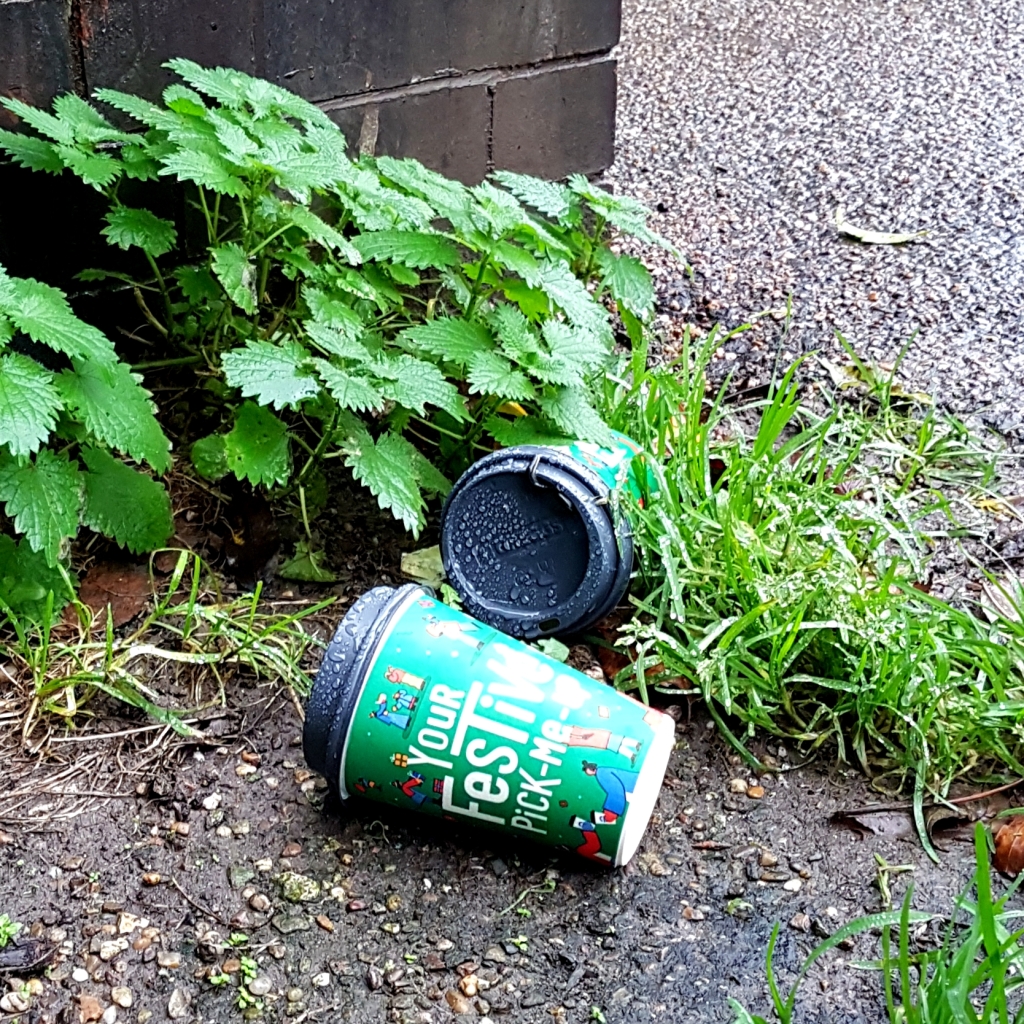
The problem is that as a society we are drowning in single use packaging. Everywhere we look we’re either being sold or advertised products wrapped up in single use plastic, glass and metal. Our homes, cars and bins are overflowing with it, it’s like a flood. Someone opens their car door and empty fast food boxes tumble out onto the street, or their front door and junk mail advertising fast food blows off their door mat onto the pavement. Over stuffed wheelie bins with gaping mouths belch out cellophane wrapping, egg boxes, multipack crisp bags.
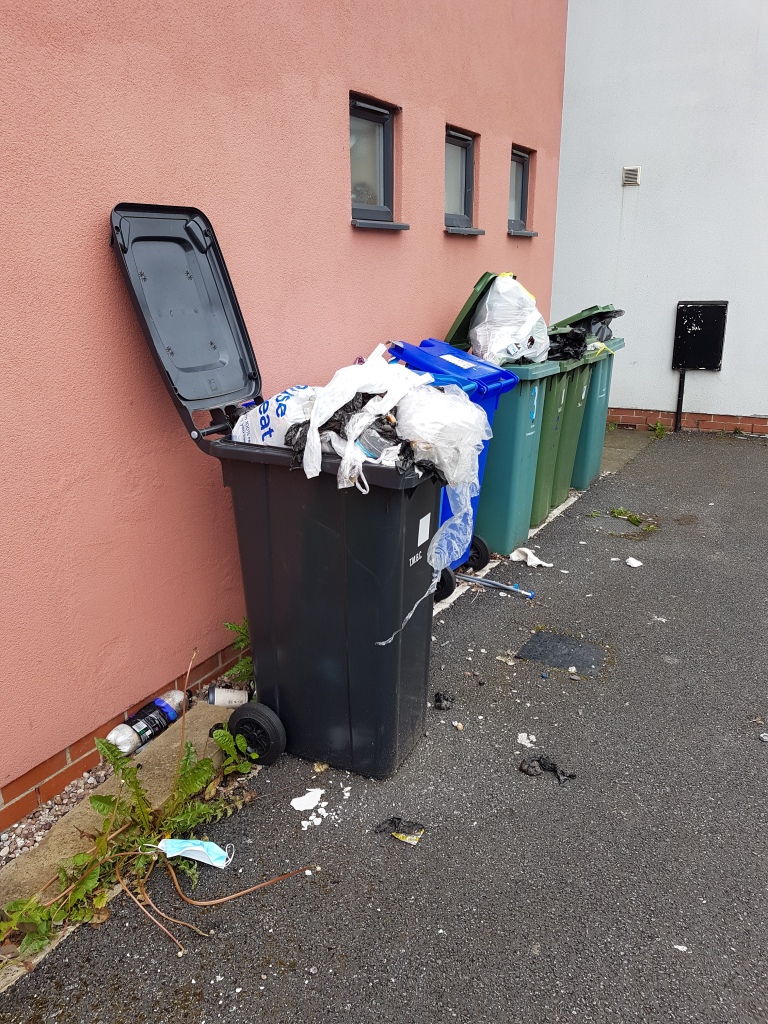
Companies appeal to and exploit our addiction to sugar, carbs and booze. Everything we buy generates waste and there are still so few companies making a meaningful effort to provide us with recyclable, or better, refillable options.
With any luck the government will pull its finger out and give us the deposit return scheme it’s been promising sooner rather than later. That will mean that returning cans and bottles will earn you a few pence back from the cost of the item you bought. When that happens I would guess that most of the Lucozade, Coke, Yazoo, Fosters etc., cans I pick up will disappear from the tow path and pavements. But what we’ll be left with is the items that can’t be returned. Stuff like Costa and MacDonalds drinks cups and their lids, burger boxes, cigarette packets, crisp packets, sweet wrappers…
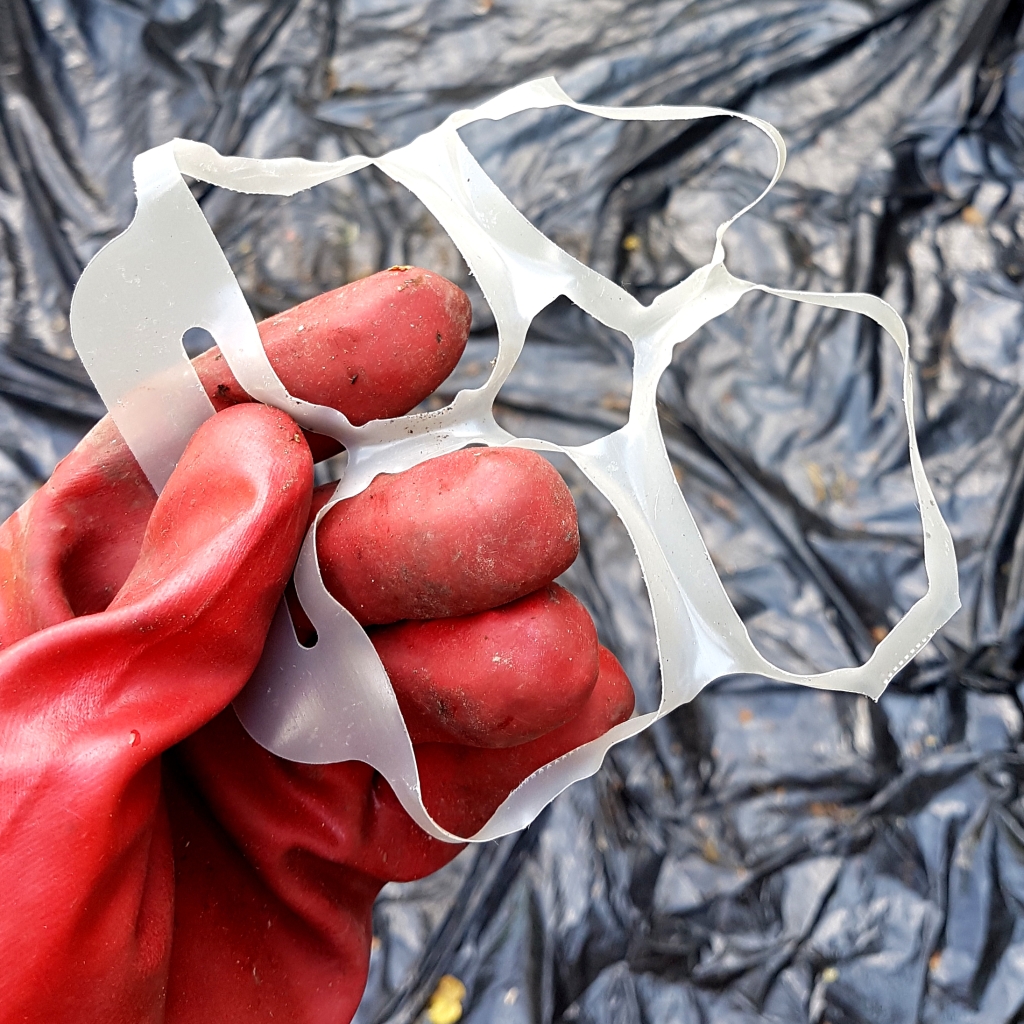
We need the deposit return scheme, now, yesterday! And we need manufacturers to get creative with how they package their products. Individually wrapped sweets inside another wrapper is pointless. A plastic stick inside a lolly is unnecessary. A plastic lid on a paper cup which is coated in plastic is ridiculous. It isn’t the litter-bugs giving anarchic two-fingers to the sky, it’s MacDonals, Stella Artois,Starburst (Mars) and Gregs…
Most of this litter will either: find its way to the sea via the breeze then the rivers, where it will slowly break down and be consumed by aquatic organisms, poisoning its way through the food chain and laying waste to biodiversity, as it spreads to every continent on earth; or find its way to waste processing centres where it is incinerated releasing greenhouse gasses into the atmosphere contributing to global warming. Two-fingers to the sky from the junk food industry.
What can we do?
- Write to your MP and ask them why we don’t already have an effective deposit return scheme. Just type ‘who is my MP?’ into a search engine and you’ll find their email address in a couple of clicks.
- You can also find out how climate friendly your area is using this Friends of the Earth tool: https://friendsoftheearth.uk/near-me which includes how much household waste is recycled in your area. It won’t be enough! Quote it to your MP in your email too.
- Use your power as a consumer to boycott companies who use unnecessary amounts of single use packaging. Tweet at them call them out.
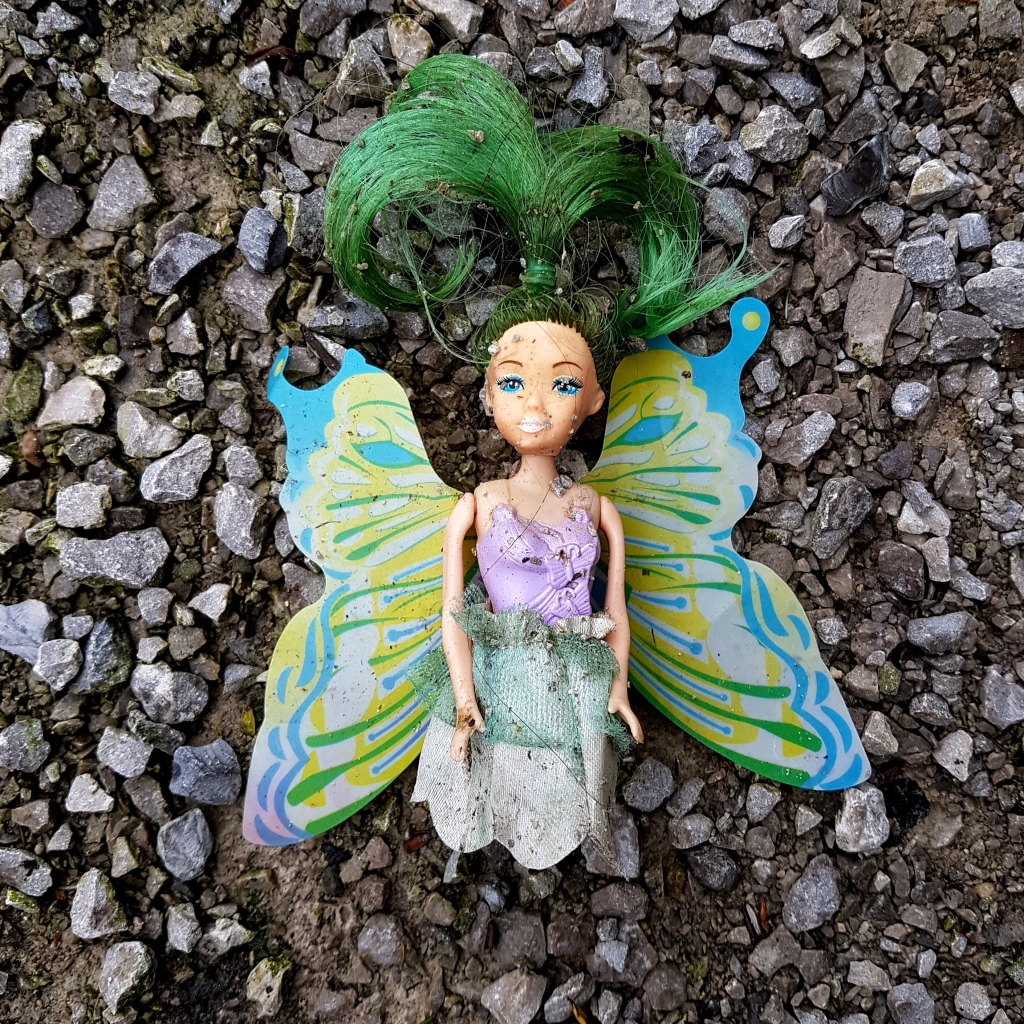
My challenge to you:
I don’t expect everyone to go out and fill 100 bin bags in a year (though by all means please do). My challenge is for you to increase what you currently do by one notch of the dial. That would look something like this:
- If you currently don’t do anything at all, I challenge you to start picking up any litter within 10m of your front gate.
- If you already pick stuff up outside your house, extend it to the corner of your road.
- If you already do that, extend it to the whole road once a week…
You get the picture. And don’t leave home without a bin bag and a glove (or a carrier bag to use as a glove) in the bottom of your bag. You can stick them in there ready right now. There have a been a few times over the past year where I’ve been out for a walk with friends or family and we’ve happened upon the aftermath of a crisps, sweets, pop and booze party at a bench in the countryside. It feels so much better clearing it up than it does walking past it. It’s not your mess, but it is you that feels soul destroyed when you walk past it.
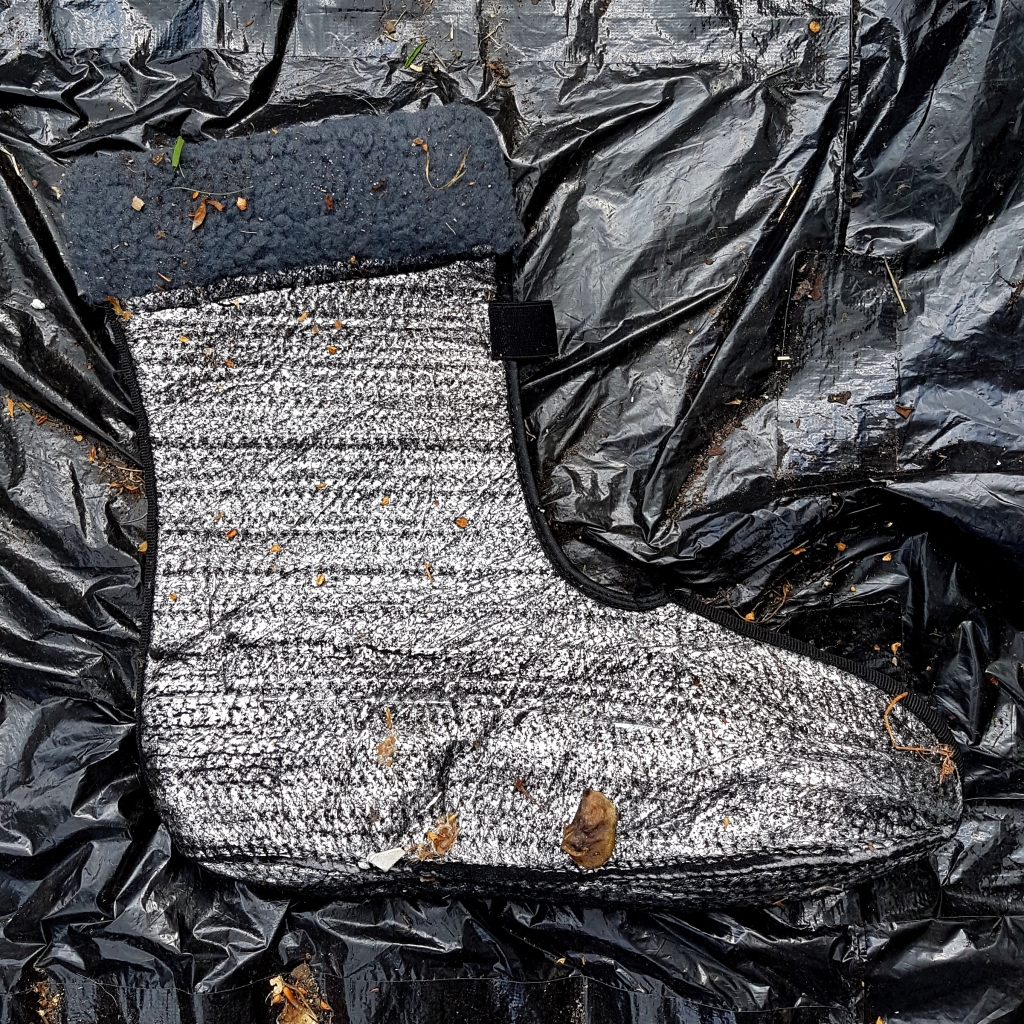
There are lot of big issues facing us all these day, and they can often feel daunting and insurmountable, but that’s all the more reason to get active. Let your actions reflect your ethics and try your best to leave the next generation something better than a nature depleted, rubbish strewn toxic dump!
Thanks for reading and if you’ve followed my progress on Facebook (@100BINBAGS) thanks for the support. I don’t think I could stop now if I wanted to so I’ll carry on and update the page now and then with relevant stuff so stick around if you’re interested.


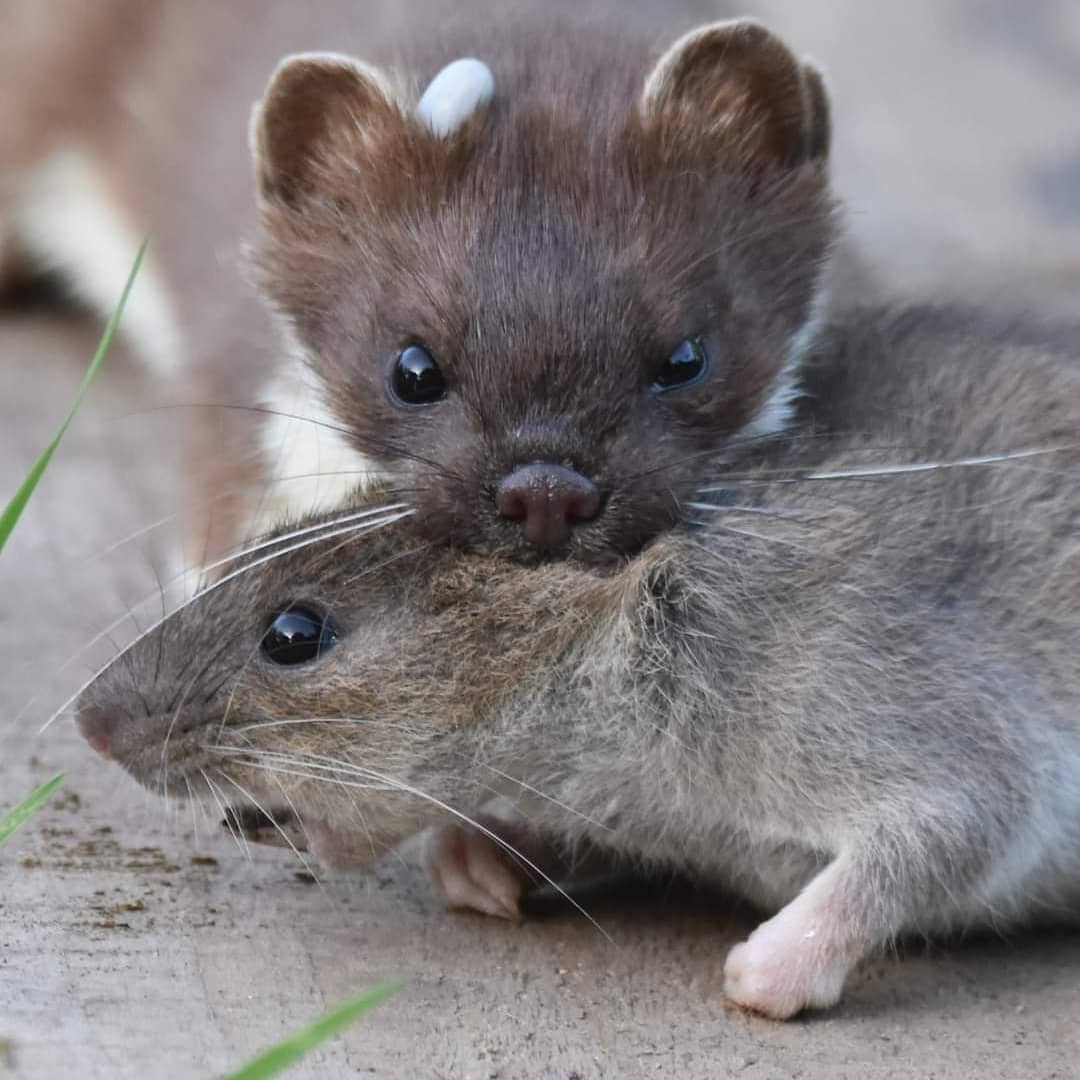 *Photo courtesy of Paul Quigley (@iggyquiggy)
*Photo courtesy of Paul Quigley (@iggyquiggy)